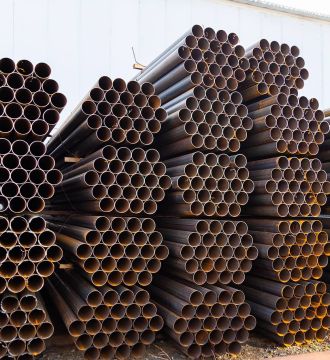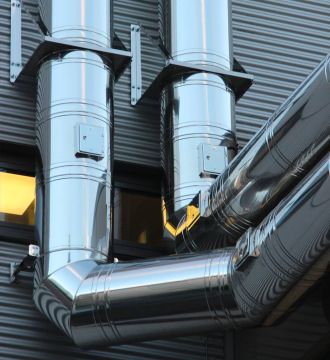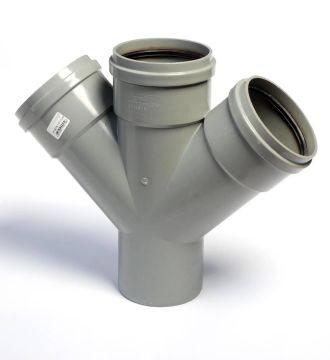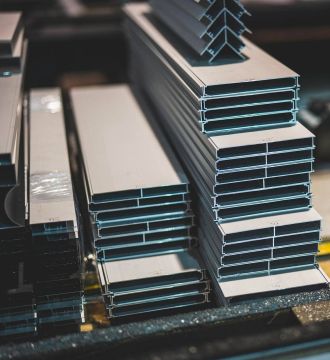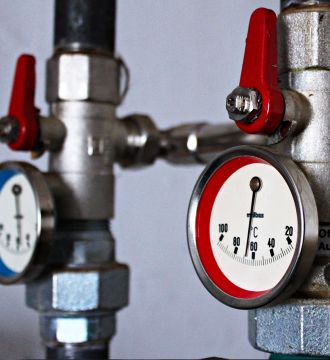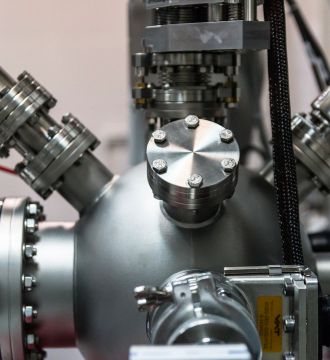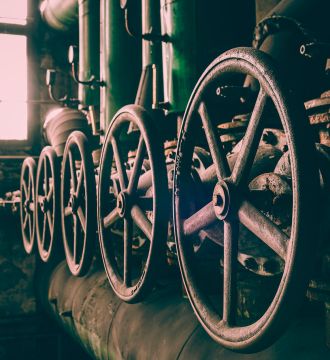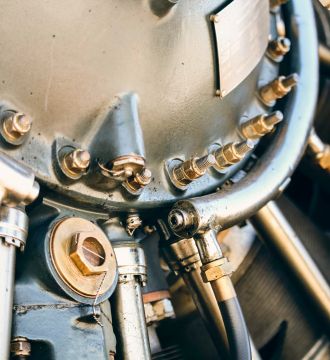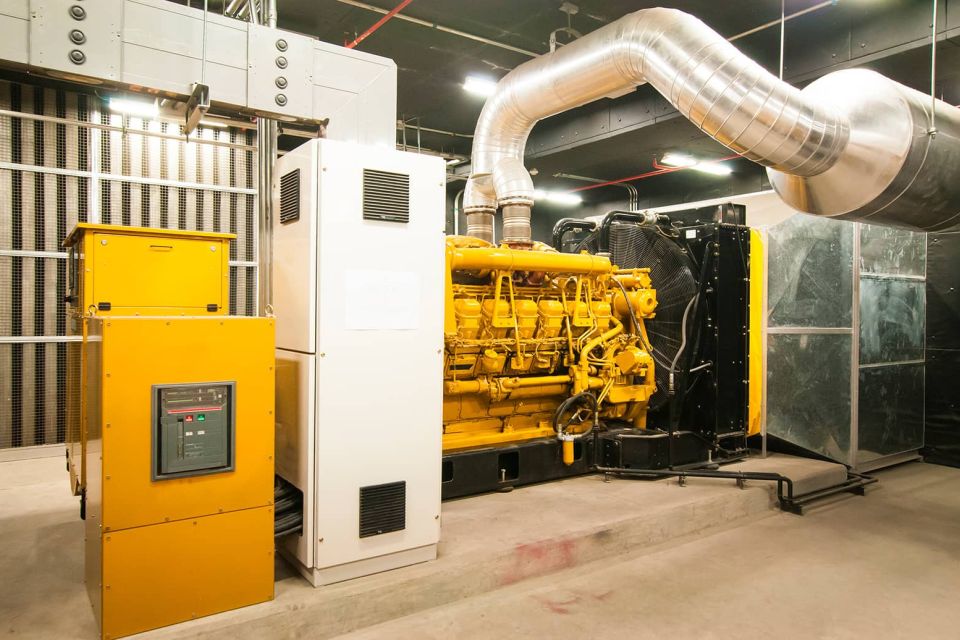Metal products
and fittings,
tubes, pipes
Other industries
-
7539 De la route Kasapa
Quartier Gambela I,
Commune et ville de Lubumbashi,
Province du Haut- Katanga en République Démocratique du Congo
Grinding balls (forged, cast, with chromium content)
Etoile du Sud offers high quality cast iron grinding balls with high chromium content. These products are used in the cement and mining industries. Many of our customers prefer high chromium balls after testing them.
According to the worldwide practice, the use of high-chromium cast-iron grinding bodies increases the quality of grinding and reduces the consumption of grinding balls by 4-5 times, while the cost of high-chromium grinding bodies is 2-2.5 times higher than that of traditional steel grinding bodies.
Economic effect of high-chromium grinding media:
- Reduction of costs per 1 ton of grinding due to lower consumption of grinding bodies.
- Reduction of the cost of logistic measures related to mill feeding, stockpiling, transportation (environmental effect).
- Improved quality and productivity of milling related to the microstructure of the iron.
- Reduced energy consumption resulting in improved grinding performance.
- Reduction of iron-containing particle concentrate in the milling product and thereby increasing the quality of the milled product.
Features and main advantages of the process:
- Casting, traditional stamping
- Screw rolling
- Forging
Cast iron milling products are produced by forging and stamping methods. The method of helical rolling is used to manufacture balls from alloyed steel rod or circle. Grinding steel balls are actively used in different spheres and areas of industry: cement, coal, mining.
We sell products of the required size by weight and offer favorable conditions for long-term and mutually beneficial cooperation.
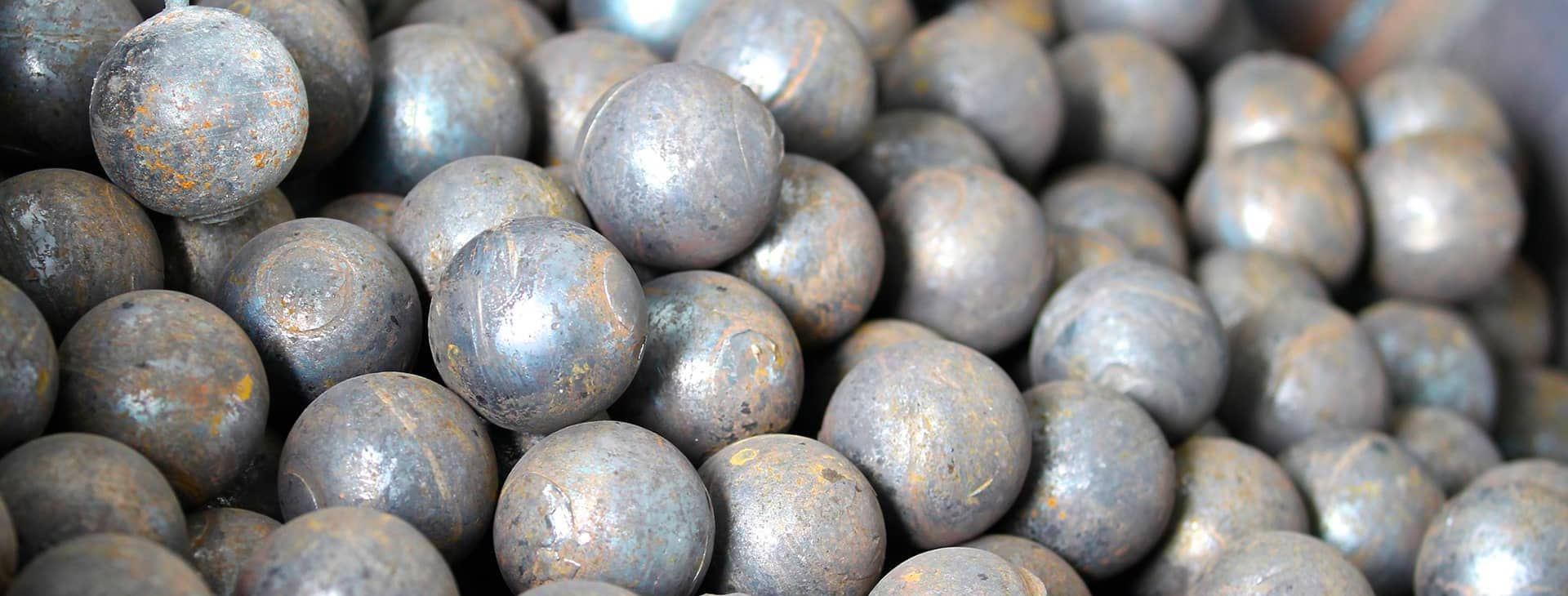
Welded metal pipes, seamless
Welded, seamless metal pipes
Galvanized, stainless steel pipes
Galvanized steel pipe is made by cold and hot rolling, stamping, drawing and bending of high quality steel alloys, after that VGP, electric-welded straight-seamed, solid drawn, round and profile pipes are galvanized.
According to the technological principle, stainless steel pipes can be seamless or electrically welded. In both cases, the initial tube - stainless steel billet on a mandrel - is used. At hot deformation, it is processed on rolls and calibrated in the incandescent form. In the cold method, stainless steel tubes are formed after cooling down, and reheated with cooling to eliminate internal stresses. The electric welding method involves the formation of a seam on a coiled billet.
Plastic HDPE pipes
Pipes of this type are characterized by such properties as ease of installation, the possibility of ductless laying, proven longevity of operation, as well as the low price. The most common pipelines are made just of low pressure polyethylene. Polyethylene HDPE pipes are used for pressure drinking water supply, gas supply, for pressure sewerage and less often for cable protection and non-pressure sewerage. When freezing the liquid inside the pipeline, HDPE pipes do not burst, unlike steel!
Details:
The guarantee of durability and reliability of modern communications are based on two factors: high-quality shut-off control and safety valves, allowing to control the transported working medium: water, steam, gas, oil and other aggressive liquids.
Pipeline shut-off valves can be made of the following materials:
- Steel
- Brass
- Bronze
- Cast iron
The main characteristics of such elements: the diameter of the pipe that can be connected, and the maximum overpressure at the temperature of the medium in the pipeline of 20 degrees. The choice depends on the technical conditions of the pipeline in which it will be used. Gas pipelines, water pipelines and systems for pumping aggressive substances use different types of equipment.
Shut-off and control pipeline fittings
To control flows in pipeline structures and systems, specialized valves are used to shut off, distribute, regulate and mix by correcting the area of the flow cross-section.
Shut-off and control valves, changing the flow of the transported substance, shut off or distribute its flow, regulating different parameters: pressure, head or temperature. They can be mounted on pipelines, tanks and other devices.
Functional purpose of pipeline valves allows dividing them into the following types:
- Stop valves. Provides complete shutoff of flow in pipes. It is in the greatest demand and takes more than 80% of proposals on the market.
-
Regulating. Maintains the necessary values of certain parameters by controlling the flow of the working environment. Temperature, pressure, composition and concentration of substances can be changed with the use of this type of valves. Special attention should be paid to throttling valves, referring to control valves. It is used when it is necessary to significantly reduce the compression of the transported substance. It successfully works at considerable pressure surges.
-
Shut-off and regulating valves combine functions of closing and flow control.
- Emergency shut-off eliminates negative impact factor on pipeline if pressure or direction of the transported medium exceeds permissible values by shutting-off the protected part from the rest of the system.
-
Safety. In an emergency situation, the pipeline opens to dispose of an excessive amount of transported substance from the structure.
-
Mixing - the function to control the flow of the working medium to distribute it in a certain direction or to mix it. Most often used in heating systems to obtain the optimum temperature.
-
Phase-separating - automatically separates the working media depending on their phases and states.
There are different types of valves:
1
2
3
4
Destination:
The assortment of the company pleases with a wide choice. Parts are suitable for installation in various pipes, heating systems, water pipelines.
Each of them has its own purpose. Transitions, bends, tees can be used to change the direction of water, technical liquids or gas. They also help change from one pipe diameter to another.
Among other things, we have available for purchase:
- Branch - this is a bent section of pipe at an angle of up to 180°.
- T-pipe - it distributes a common line into two streams.
- Transition - helps to combine two pipes of different diameters, increases the speed of transported product.
- Plug - closes the end section of the pipeline.
Flanges and pipeline parts
Pipeline parts
Pipeline parts are various connecting parts used in the construction of pipelines of various purposes, used in turns, bends, tilts, branches, changes in the diameter of the pipe and in the case of temporary non-use of the pipeline.
-
Bends.
Bends are a type of pipeline connecting parts that are used when changing the direction of the pipeline during installation. Bends are made of steel, steel with high corrosion and cold resistance, alloy steels. -
Transitions.
Transitions is a connecting part of the pipeline, designed to connect pipes of two different diameters of the pipeline. Depending on working medium, the reducers are made of different steel grades. -
Tees.
Tees are connecting detail of the pipeline, allowing to connect additional branches to the main pipe. By design tees are made transition or equal-through. -
Supports.
Supports - designed to protect the pipe from damage at the point of contact with a support structure and serve to hold the pipeline in the designed position. Supports are subdivided into: fixed and mobile. -
Bottoms.
Bottoms and plugs are pipeline components designed for closing end holes in pipelines and for tank fabrication. -
Flanges.
Flanges are intended for connection of shutoff and control valves to pipelines as well as for connection of pipeline parts to each other. Flanges are subdivided into: flat, collar (skirted) and loose.
Flanges are produced by the following methods: hot stamping, gas cutting, steel strip bending, centrifugal electro-slag casting, forging method of detail manufacture.
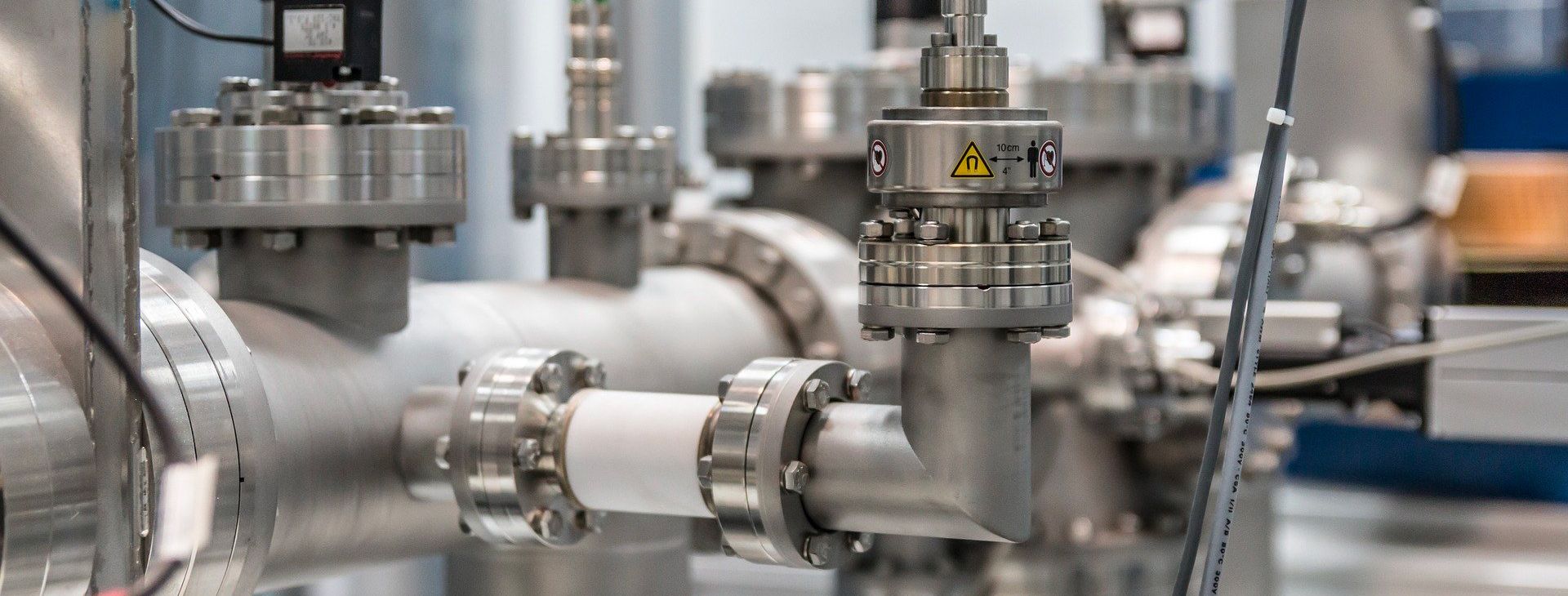
We cooperate with
world-class suppliers

